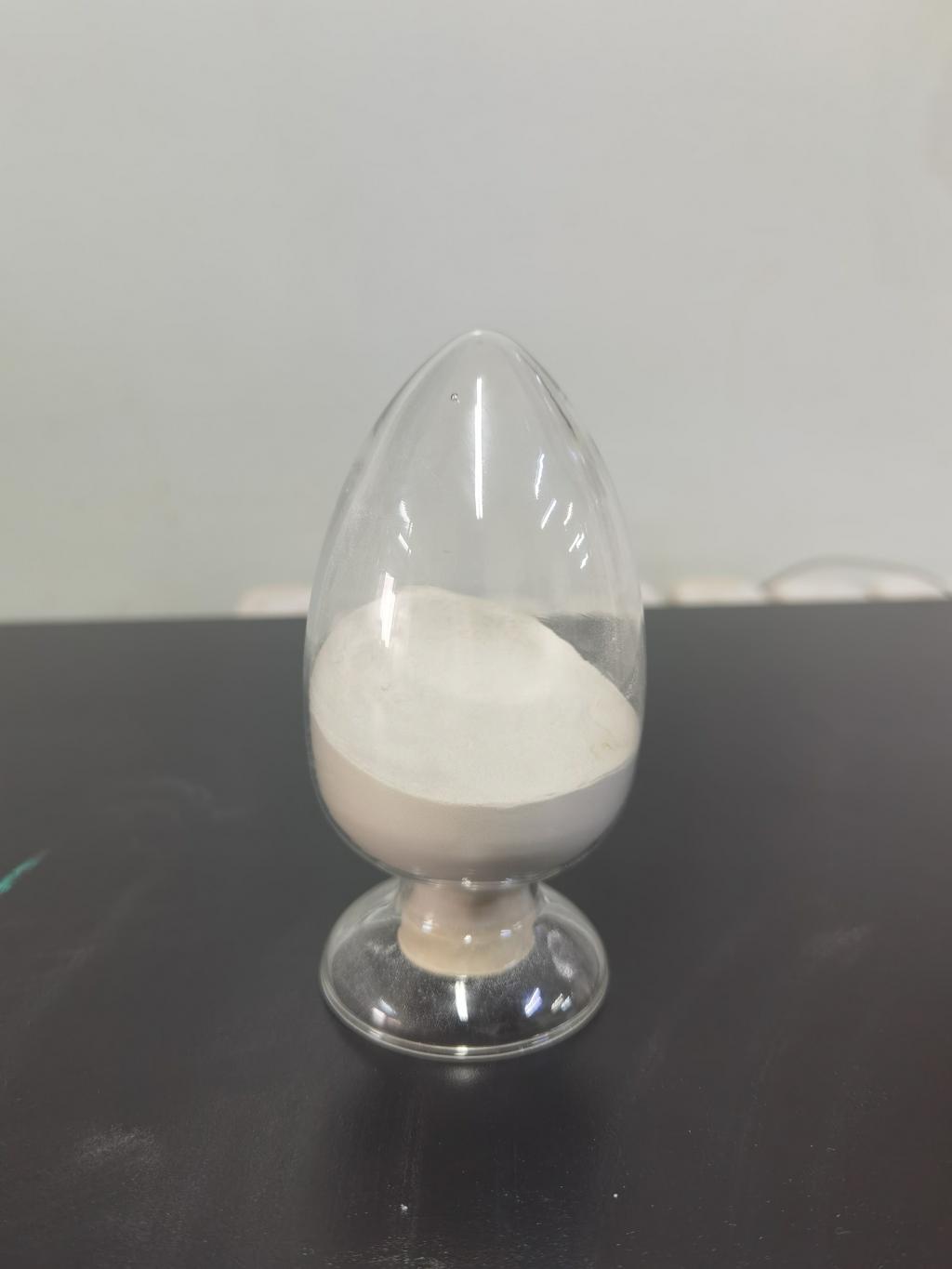Tel:+8618231198596

News
 CONTACT
CONTACT
 CONTACT
CONTACT
- Linkman:Linda Yao
- Tel: +8618231198596
- Email:linda.yao@dcpharma.cn
- Linkman:CHARLES.WANG
- Department:Overseas
- Tel: 0086 0311-85537378 0086 0311-85539701
News
Nisin Impact on Reducing Antibiotic Resistance in Livestock Farming
TIME:2024-02-27
Introduction:
Antibiotic resistance poses a serious threat to human and animal health, driven in part by the excessive use of antibiotics in agriculture, particularly in livestock farming. Nisin, a naturally occurring peptide with antimicrobial properties, emerges as a potential alternative to traditional antibiotics. This article aims to examine the impact of nisin in reducing antibiotic resistance in livestock farming, considering its mechanisms of action, applications, and implications for the industry.
Understanding Antibiotic Resistance:
Antibiotic resistance occurs when bacteria evolve and develop mechanisms to withstand the effects of antibiotics, rendering these drugs ineffective. The misuse and overuse of antibiotics in agriculture contribute significantly to the rise of resistant bacterial strains, posing a direct threat to both animal and human health.
The Mechanisms of Nisin Action:
Nisin acts through a unique mechanism that involves disrupting bacterial cell membranes. Unlike traditional antibiotics that target specific cellular components, nisin's mode of action makes it difficult for bacteria to develop resistance. Understanding these mechanisms provides insights into why nisin holds promise in the fight against antibiotic resistance.
Nisin as an Antibacterial Agent in Livestock:
The potential of nisin in livestock farming lies in its ability to combat a wide range of pathogenic bacteria without promoting resistance. From poultry to cattle, studies have shown that nisin can be effective in preventing and treating bacterial infections, offering a sustainable alternative to traditional antibiotics.
Reduced Need for Antibiotic Growth Promoters:
Livestock farmers often use antibiotics as growth promoters to enhance animal growth and productivity. However, this practice contributes to the development of antibiotic-resistant bacteria. Nisin's antimicrobial properties can potentially reduce the reliance on antibiotic growth promoters, providing a more responsible and sustainable approach to animal farming.
Challenges and Considerations:
Despite its potential, the widespread adoption of nisin in livestock farming faces challenges. Regulatory approvals, cost-effectiveness, and the need for farmer education are critical factors that need to be addressed. Additionally, research is ongoing to optimize dosage, delivery methods, and to understand potential interactions with other aspects of animal health and nutrition.
Nisin in Animal Feed and Water:
Incorporating nisin into animal feed or water systems represents a practical application of this antimicrobial peptide in the livestock industry. Research indicates that nisin supplementation can improve the overall health of animals, reduce the incidence of bacterial infections, and potentially decrease the need for therapeutic antibiotics.
Future Prospects and Implications:
As the scientific community and the livestock industry explore alternatives to curb antibiotic resistance, the potential of nisin emerges as a promising avenue. Future research may uncover new applications, formulations, and delivery methods that further enhance the efficacy of nisin in promoting animal health while mitigating the risks associated with antibiotic resistance.
Conclusion:
Nisin's impact on reducing antibiotic resistance in livestock farming is a complex and evolving field. By understanding its unique mechanisms of action and exploring practical applications, there is potential for nisin to revolutionize how we approach animal health in agriculture. While challenges persist, the shift toward more sustainable and responsible farming practices, facilitated by alternatives like nisin, can contribute significantly to the global effort to combat antibiotic resistance. Continued research, collaboration, and education will be key in unlocking the full potential of nisin in reshaping the future of livestock farming.
- Tel:+8618231198596
- Whatsapp:18231198596
- Chat With Skype







